Diary photographer Finbarr O'Reilly: The War in Afghanistan
1. "23 October 2007, a detachment of Canadian troops, which I was with, was ambushed by the Taliban. , shot and wounded. I took pictures to distract myself, suppress my fear, and at the same time afraid to miss a good shot. Later I found out that the Prime Minister of Canada had called the commander of Canadian forces in Kandahar to find out what had happened. nothing special happened - the battles are fought here every day, only that day, together with the soldiers, I was ambushed, and I took a picture of this fight.This situation perfectly illustrates how far from reality people who make decisions and how important for decision-making is personal presence.
2. Senior Sergeant Paul Pilot (center) runs to the shelter for a few seconds before the projectile gets into this position (see previous photo). He received a contusion and several superficial wounds, but on the whole he got off lightly. In the foreground, an Afghan machine gunner firing at the Taliban, Zahri district, Kandahar province, October 23 2007.
3. I took this photo during my first time under fire. By that time, I had been working as a reporter in Africa for six years, and had been at the center of clashes and civil unrest, but had never been put forward with the unit in order to destroy the enemy. Pictured: Canadian soldier in a trench during an exchange of fire with the Taliban in Sangasar, Zahri District, Afghanistan, July 3, 2007.
4. Being in a real fight was pretty easy. I arrived in Afghanistan on Friday, moved to a smaller base on Saturday, and on Sunday evening I moved forward with a detachment that was assigned a combat mission. By dawn on Monday, the detachment was engaged in close combat with the Taliban. Pictured: Canadian Indian company soldier looks at Taliban position in 20 meters from him during a battle in Sangasar, Zahri district, July 3 2007 of the year.
5. Photographing a fight is a peculiar experience. It seems that events are slowing down, and everything is perceived very clearly. It may be scary, but you quickly get used to extreme situations. Sometimes it is even more difficult to return to the banality of ordinary life. In the photo: a Canadian soldier of the Indian company roams over an earthen wall during a battle in the vineyards in Zahri district, July 3, 2007.
6. Before the arrival of the main forces of the Americans, Canadian troops formed the bulk of the NATO contingent in Afghanistan. In the photo: Soldiers of the India Company are planning long-term actions during a battle with the Taliban in Sangsar, Zahri district, July 3, 2007.
7. Military equipment and the power of the army may be seductive, desirable, but only for a short while. Because there are always victims in war. On this day, several Taliban were injured or killed. In the photo: Canadian soldiers of the India Company are carrying a wounded Taliban after the July 3 2007 battle.
8. Of course, war is mostly boredom and routine. Fighters kill time, training or watching movies. In the photo: Canadian soldiers during the morning forced march near the forward operational base Masum Ghar, Afghanistan, July 2, 2007.
9. Self-made simulators - a common phenomenon. On this base there is a real neck with pancakes. On a variety of other bases, I saw coils of barbed wire worn on a pole. Pictured: Canadian soldier trains with a barbell at a base in Kandahar Province, September 21, 2009.
10. Most operations and patrols take place at night when it is impossible to photograph due to the lack of light. Of course, the flash can not be used. At best, when the moon shines brightly, you can get blurry footage like this. Pictured: Canadian soldier during a night operation near Sangasar, Zahri County, 3 July 2007.
11. When someone shoots a howitzer near your tent, it won’t sleep. But you can try to take some pictures, even in the dark. In the photo: Canadian gunners at the cannon, lit by the moon, Kandahar Province, October 3 2009.
12. For me, this picture is an illustration of the insignificance of man on the scale of the valleys and mountains of Afghanistan and the blurring of this war itself. Condition - desert and loneliness. Pictured: Canadian soldier in a cloud of dust during an operation in Panjwai District, Kandahar Province, 17 September 2009.
13. Canadians always gave me a night vision device, and the American Marines had no extra devices, and I had to stumble in the dark and fall into the craters from shells and improvised bombs. It is tired. In the photo: a Marine from the company of Alpha of the First Battalion of the Eighth Regiment during a night patrol in the city of Nabuk, Helmand Province, October 31 2010.
14. Photos that can be identified prisoners, it is forbidden to publish, but sometimes it is possible to make such frames. In the photo: an Afghan detained by the Marines from the Bravo Company of the first battalion of the Eighth Regiment after the battle with the Taliban in Musa Kale, Helmand Province, 7 November 2010 of the year.
15. I have a dispute with the US military about this and other photos of the dead Taliban. They didn’t like that the bodies were “dumped like logs” in the back of a car and look “unworthy”. But they did not have any rights whatsoever to prevent the publication of these photos. The subject of the dispute was that the war can not be cleaned and mitigated. People are being killed and it looks dirty. In the photo: the bodies of five Taliban killed by Afghan police in a truck in Musa Kale, Helmand Province, November 13 2010. The photo is in 180 degrees.
16. The officers reprimanded sergeant Thomas James Brennan when they saw this photo, because he left his weapon in the rain. But I think they were embarrassed that they could not organize normal conditions for their Marines to live. A few days later, the United States Marine Corps newspaper asked me for permission to use this photo for recruitment, because "it looked cool." In the photo: Sergeant Thomas James Brennan smokes while lying on his bed. Next to the bed are photos of his wife Melinda and two-year-old daughter Madison, outpost Kundjak, Helmand Province, October 29 2010 of the year.
17. A few days after I photographed sergeant Brennan smoking on his bed, he received a concussion from an explosion of RPG grenades during a shootout with the Taliban. Photo: Staff Sergeant Isidro González (right) is calling for a medic. To his left is concussed Sergeant Thomas James Brennan, Nabuk City, Helmand Province, November 1 2010 of the year.
18. Brennan fled to the aid of two other marines, stunned by a grenade explosion, when he, too, suffered their fate. He was evacuated to the hospital, and two weeks later he returned to his department. In the photo: Sergeant Brennan Contused, Nabuk City, Helmand Province, November 1, 2010.
19. At the beginning of 2011, I found myself again with Sergeant Brennan’s office (sitting, right), and there was a lull in the hostile terrain. Perhaps the reason for this was winter, because soon the attacks were renewed. In the photo: the marines stopped to talk with the locals on patrols in the village of Kundzak, Helmand Province, February 19 of the year 2011.
20. The day after the publication of this photo, I received an e-mail stating that Sir Elton John, after seeing this photo in the newspaper, wanted to include it in his collection. The Marine, captured in the picture, was told that Elton John had paid 500000 dollars for his photograph. This, of course, was not true, but the hero asked me to get him a copy of a photograph autographed by Elton John. I conveyed this request, and Elton John agreed. Pictured: Private First Class Brandon Voris during a sandstorm, outpost near the town of Kundzhak in Helmand Province, October 28 2010.
21. I recently found this photo in my archive. Private Serge Huber smokes after putting on a camp in Kundzhak, February 26 2011. Huber is young - he is 19 or 20 years old, but he looks much older because he has lived in difficult conditions for a long time. There are absolutely no amenities in the camp, not even water. Most marines had to live for half a year, never having normally taken a shower. Shave and wash water from the bottles.
22. For some time I took pictures of doors in Afghan homes. They reflect the closed nature of Afghan society. The Marines are tolerated, but they cannot be said that they are welcome here. I think that the attitude towards me is also not quite friendly precisely because I am not here alone, but with the military. Photographing the door, I imagine the world hidden behind them. In the photo: a fabric curtain in the doorway of a clay hut in the village of Kunkak in Helmand Province, February 23 of the year 2011.
23. A fleeting glimpse of Afghans during foot patrols. Sometimes you may get lucky and you will become a witness of some event and you will be able to see an episode of the life of local residents. In the photo: young Afghans in the mosque during rest, the village of Hadjano Kali, Arganbad district, 9 July 2007.
24. For me, the main thing in this frame is the girl's facial expressions, and the fact that her life will be determined by men like the one in the background. There is something alarming about this. In the photo: an Afghan girl looks out of a bus window at Canadian and Afghan soldiers patrolling the market, the city of Panjwai, Kandahar province, October 16, 2007 of the year.
25. These children come and pick up wood and cardboard that the marines do not need, but are necessary when they make fires in the villages of Afghanistan. Pictured: Afghan children in Kundjak, Helmand Province, October 24 2011.
26. The image in this picture can equally represent day, month, year, or even a decade from the Afghan stories. It seemed to me of interest that in the building, on the wall of which the Taliban painted this graffiti, the US Marine Corps is now located. Unfortunately, when the command saw these photos, they ordered the graffiti to be painted over. City Musa Kala, Helmand Province, November 10 2010.
27. When the Coalition forces leave, the Afghan national army and police will have to fight for security in the country on their own. But far from being a fact that they will be able to cope with such a task. In the photo: a soldier of the Afghan National Army (center) with a newly picked rose returns from a Taliban armories search operation in Panjwai, Kandahar province, 12 November 2007.
28. Some Afghan soldiers and policemen do an excellent job, others clearly lack training and discipline. It’s hard to believe that by the year of 2014 they will be ready to defend their country on their own. In the photo: an Afghan policeman after an exchange of gunfire with the Taliban in the city of Kolk, Zahri County, Kandahar Province, November 15 2007.
29. It's hard not to fall in love with the wild beauty of Afghanistan. In the photo: machine-gun belts on the watch tower of the Three Tank Hill base over the city of Panjwai in Kandahar Province, October 14 of 2007
30. The future of Afghanistan is in the hands of the Afghans themselves. I can’t say with certainty when I’ll come back here, but I don’t believe that this war will be the last for this land. In the photo: soldiers of the national Afghan army go on patrol in the city of Kolk, Zahri district, Kandahar province, 15 November 2007.
31. Reuters photographer Finbarr O'Reilly in Helmand Province, Afghanistan, February 22 2011.
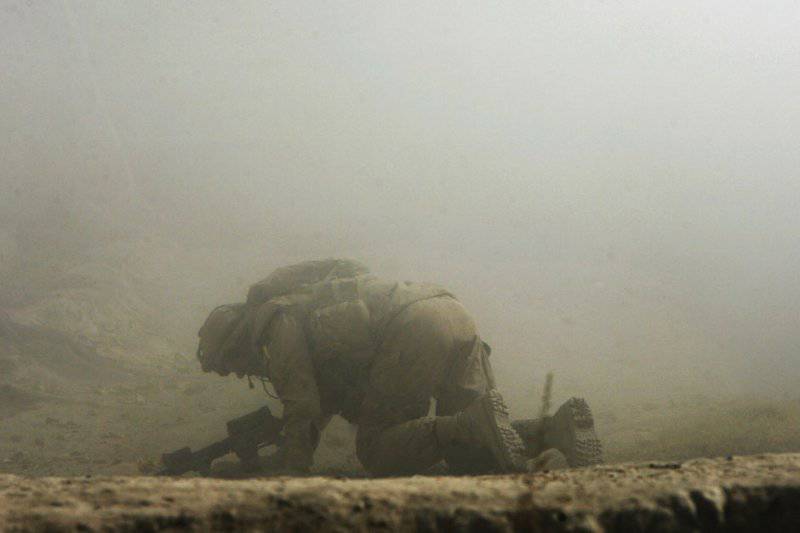
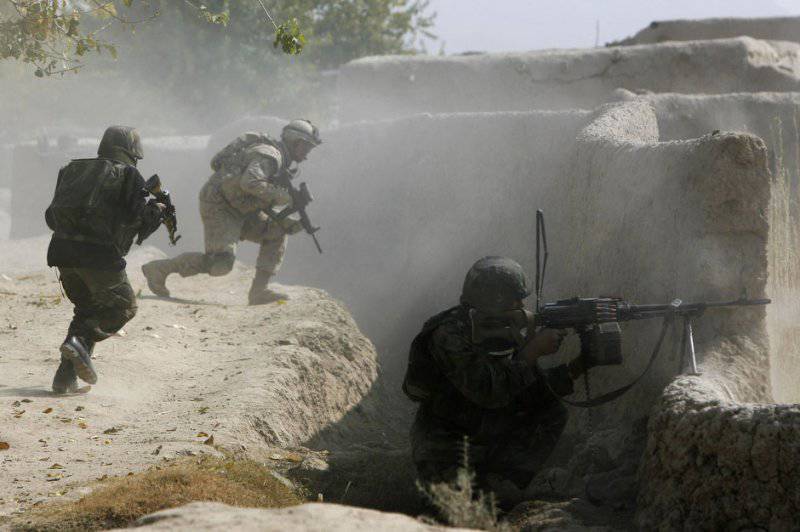
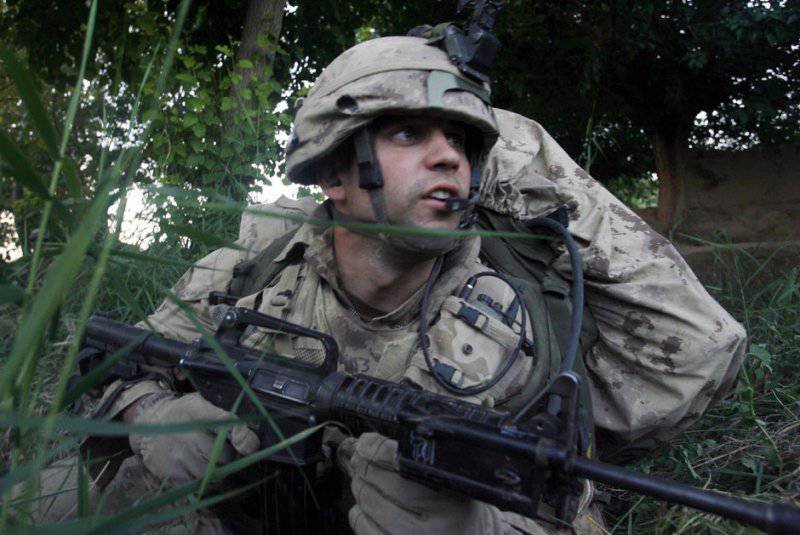
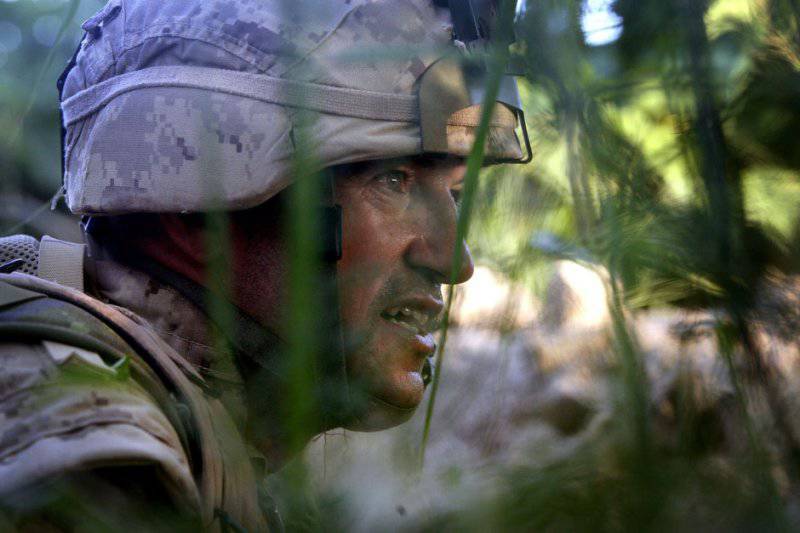
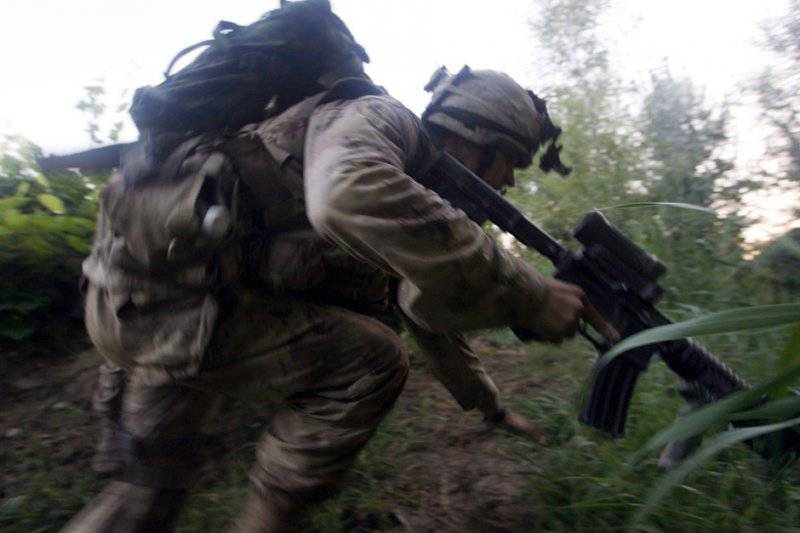
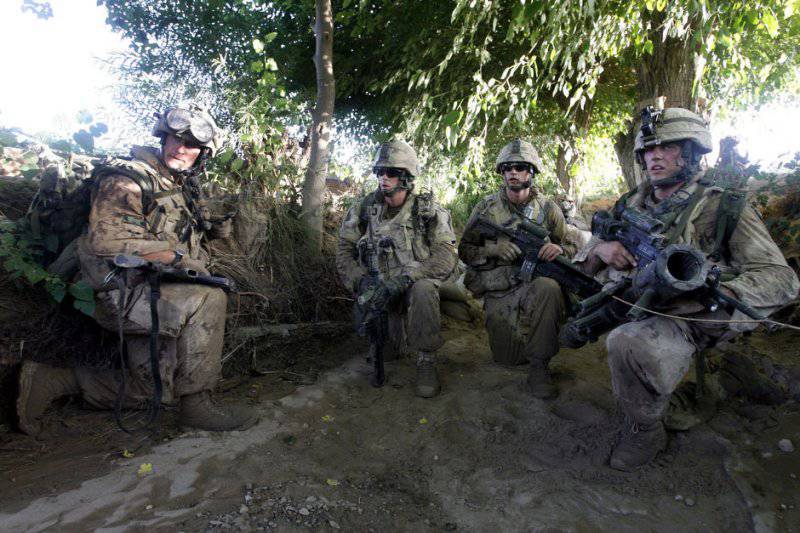
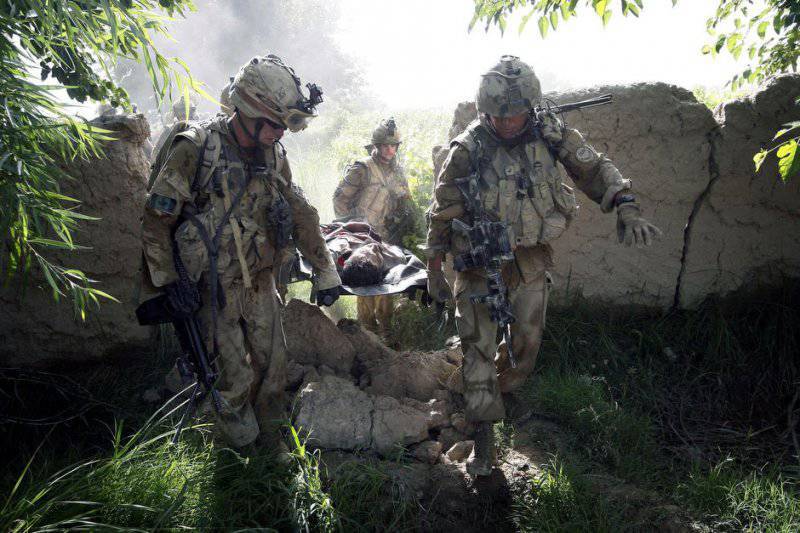
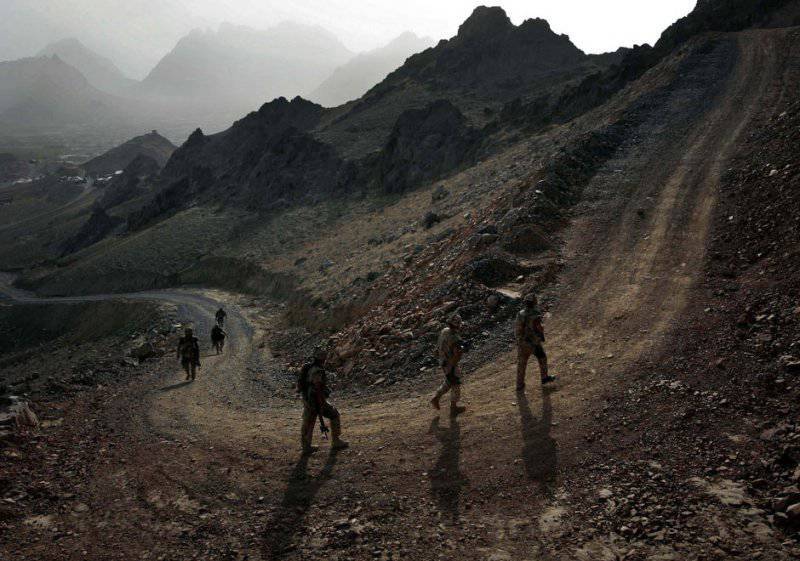
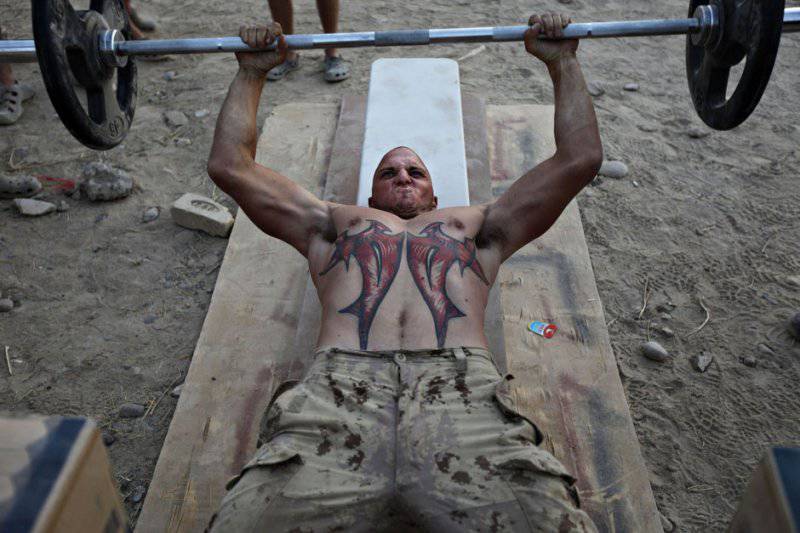
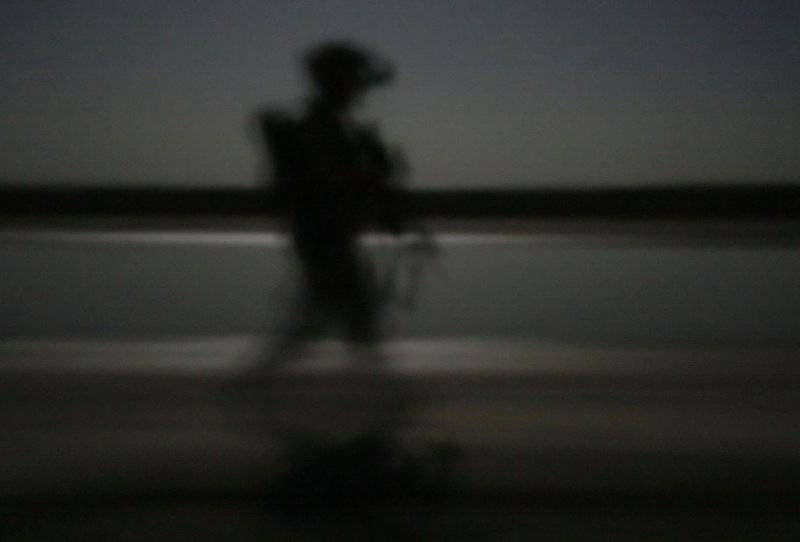
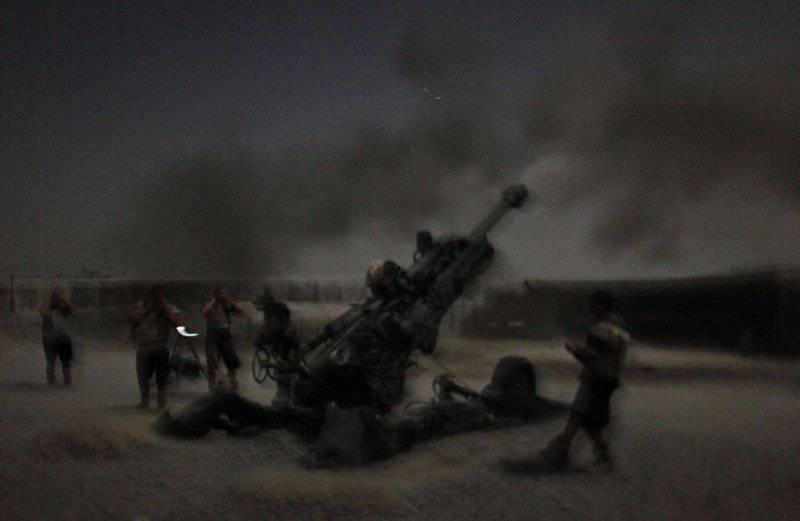
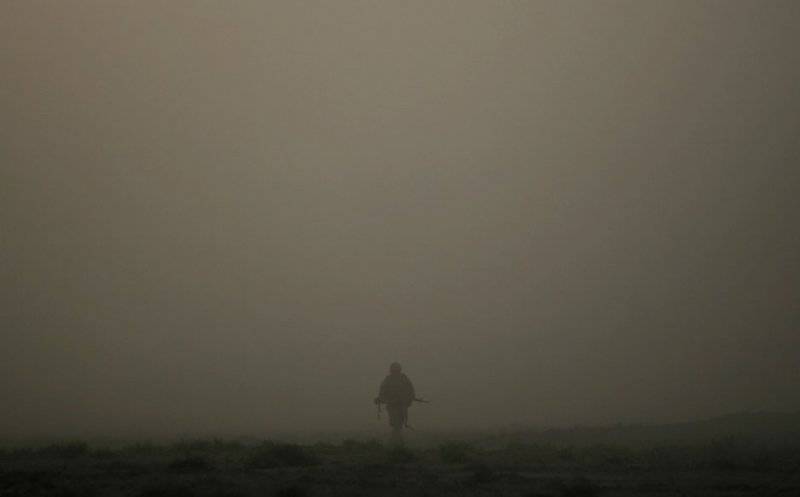
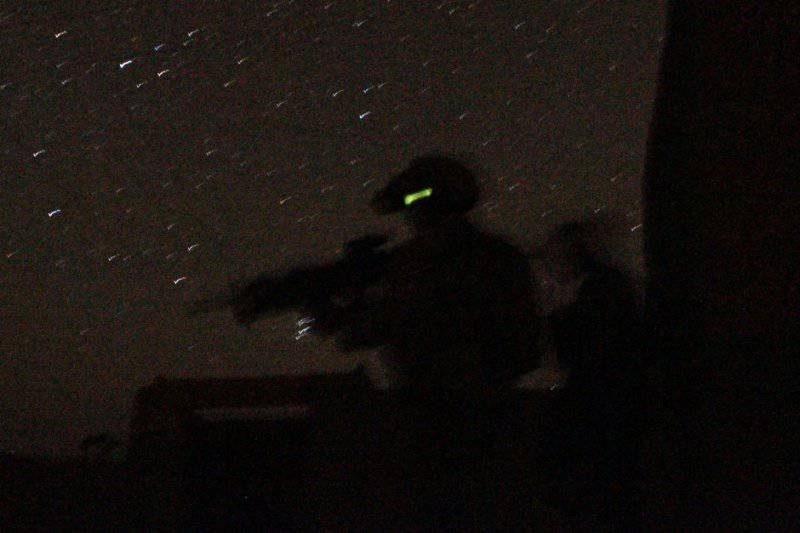
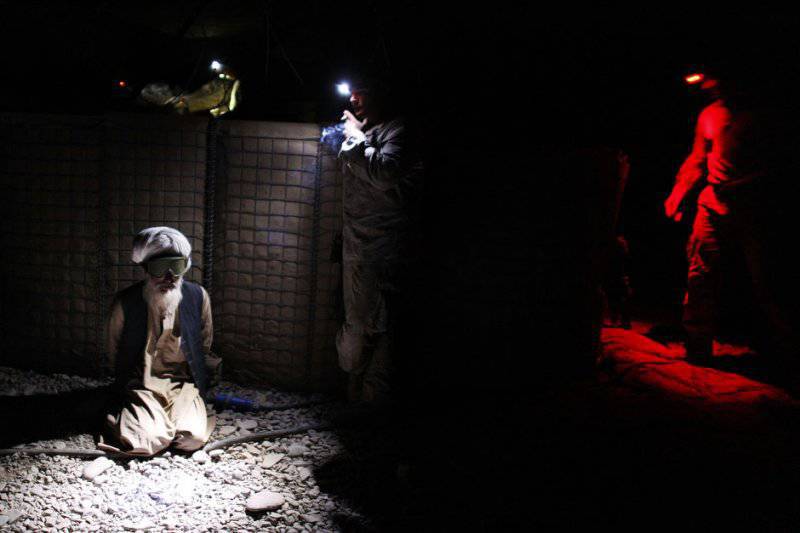
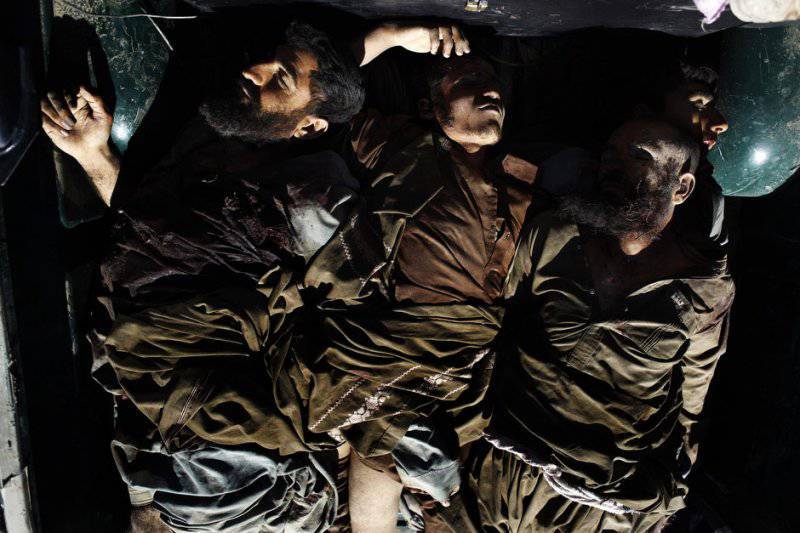
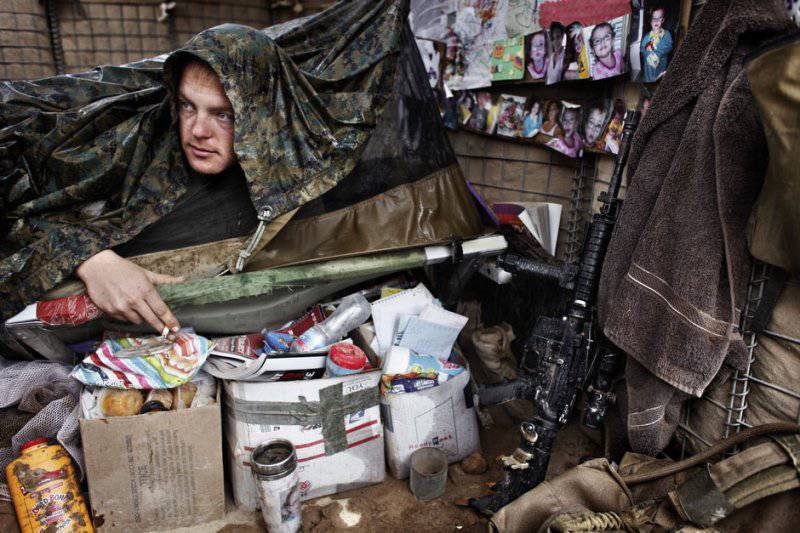
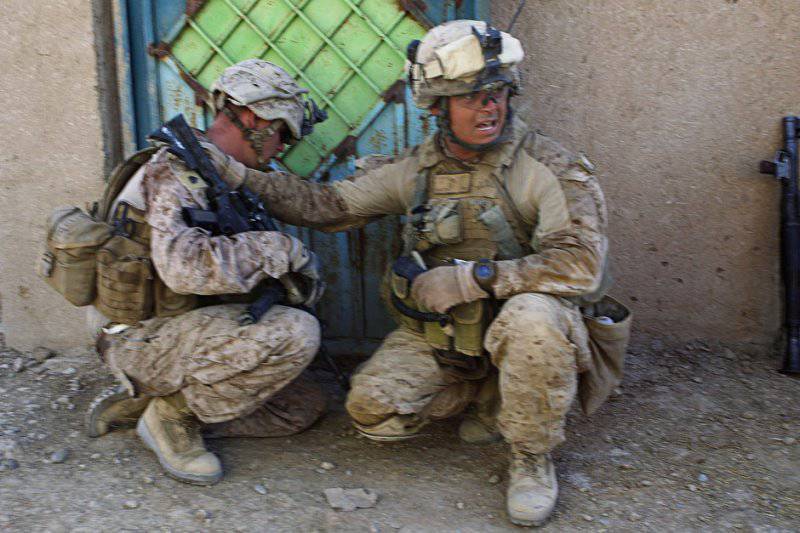
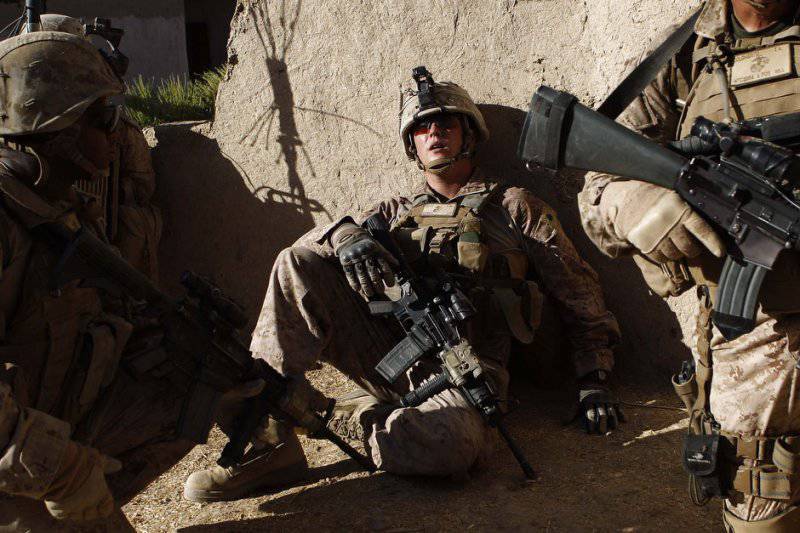
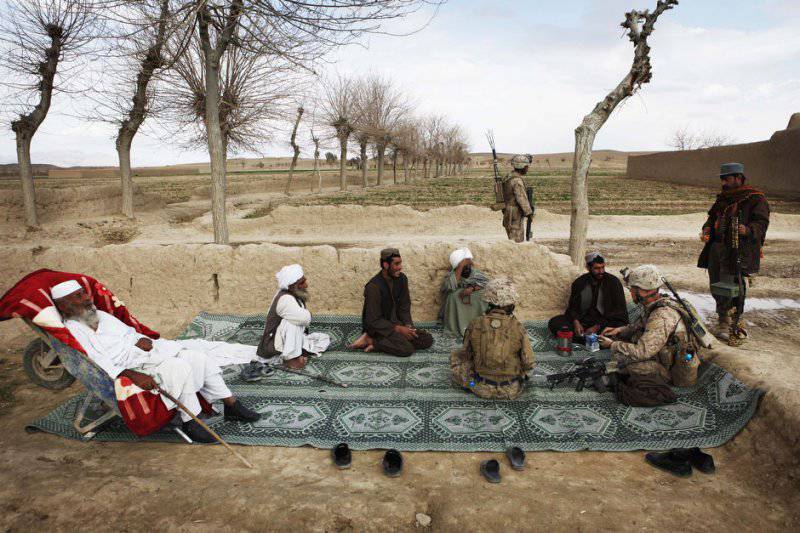
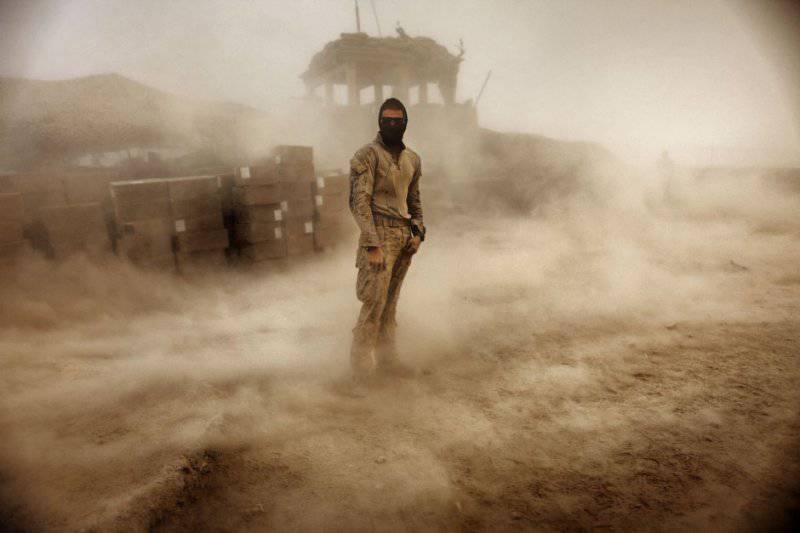
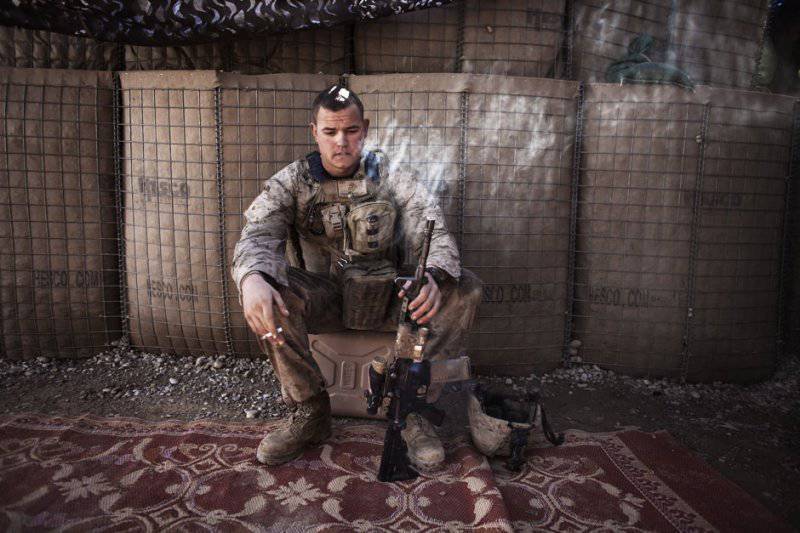
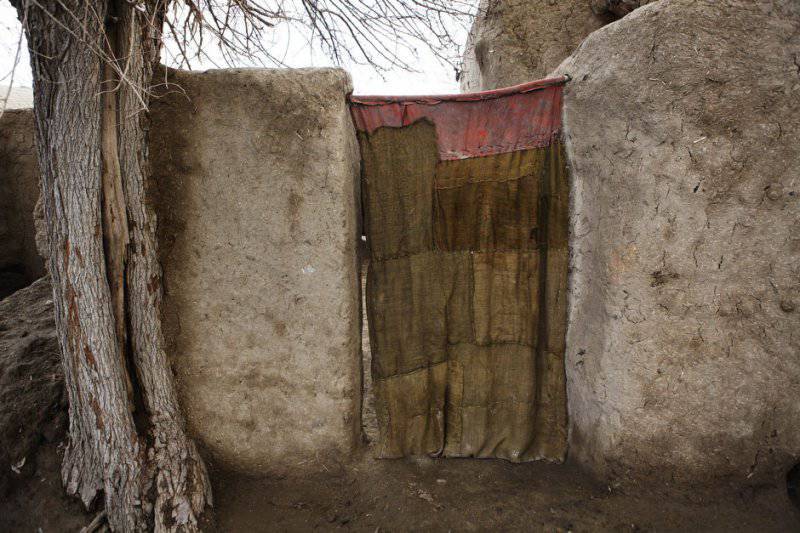
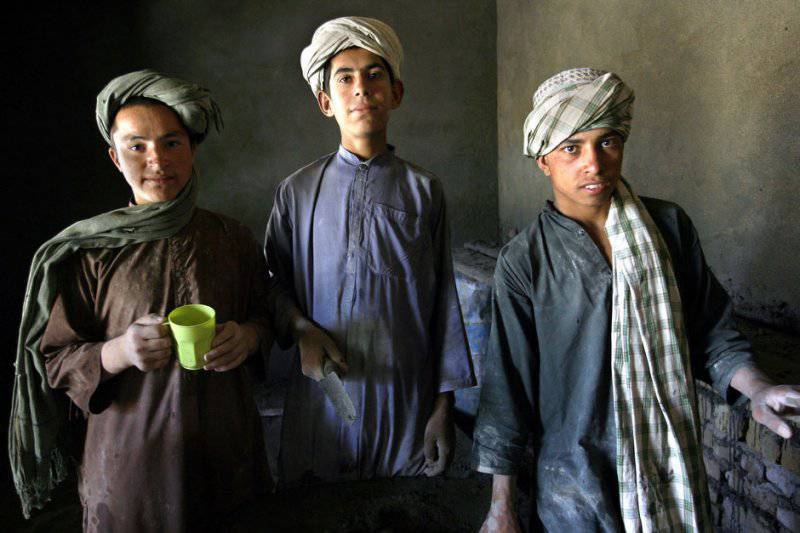
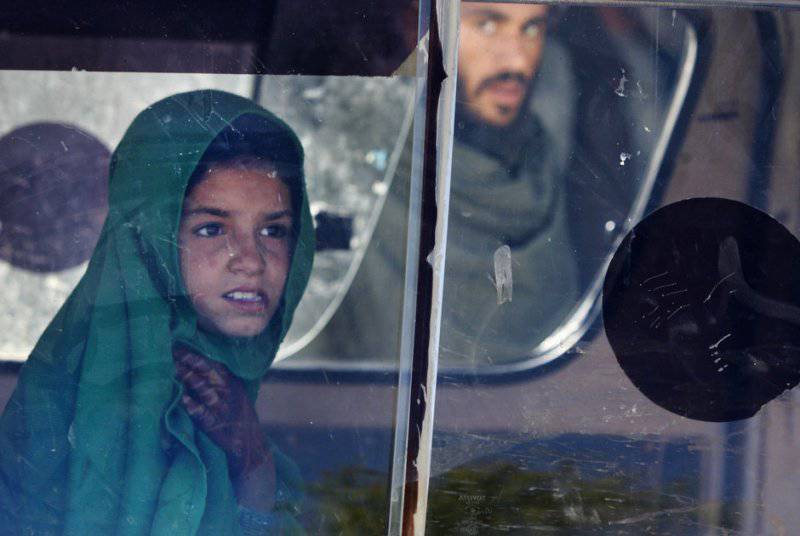
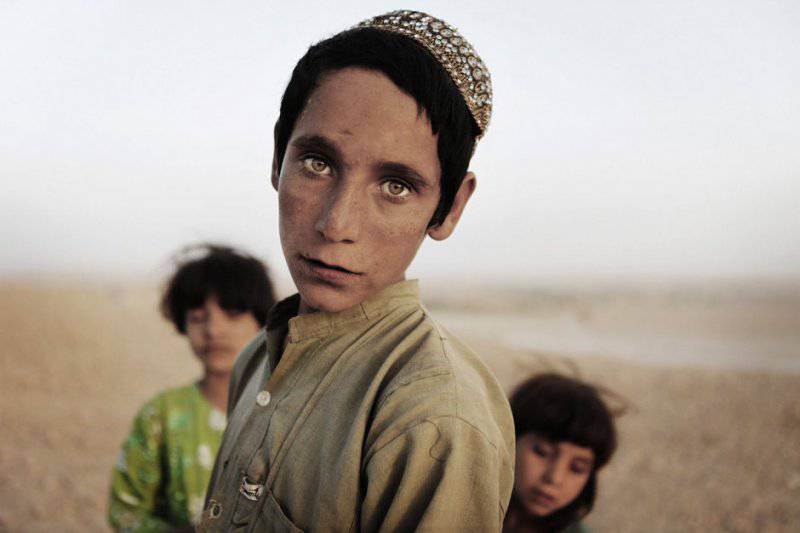
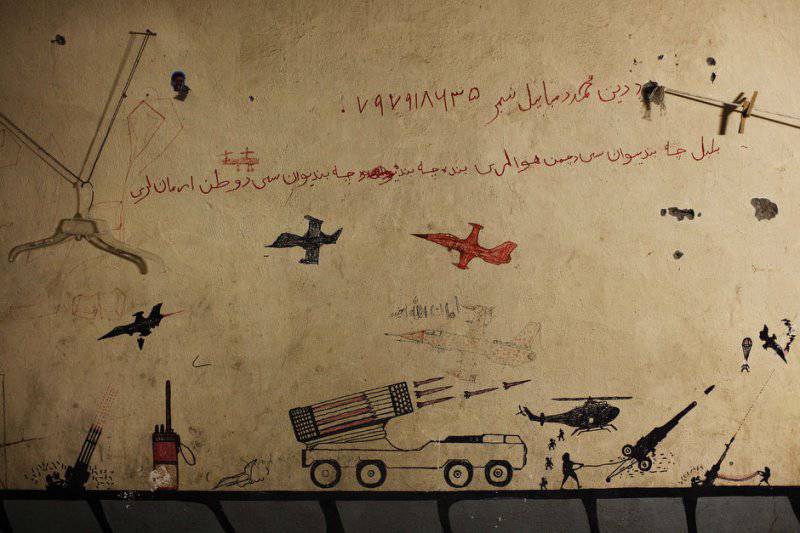
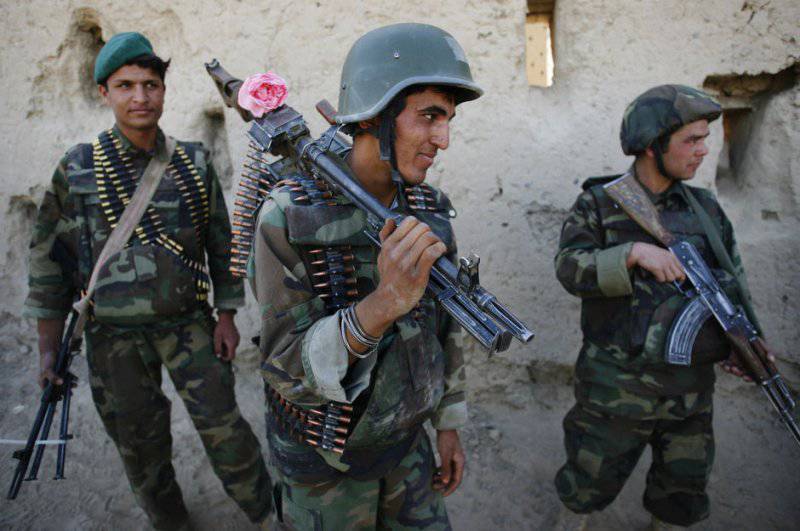
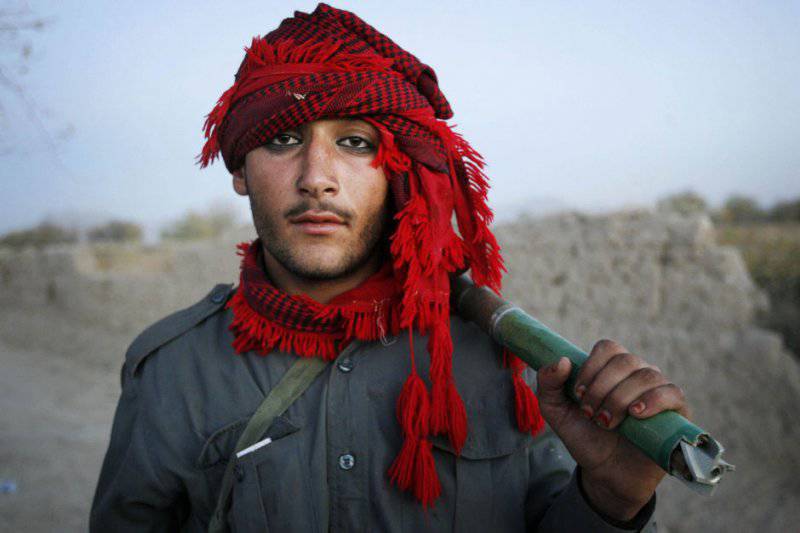
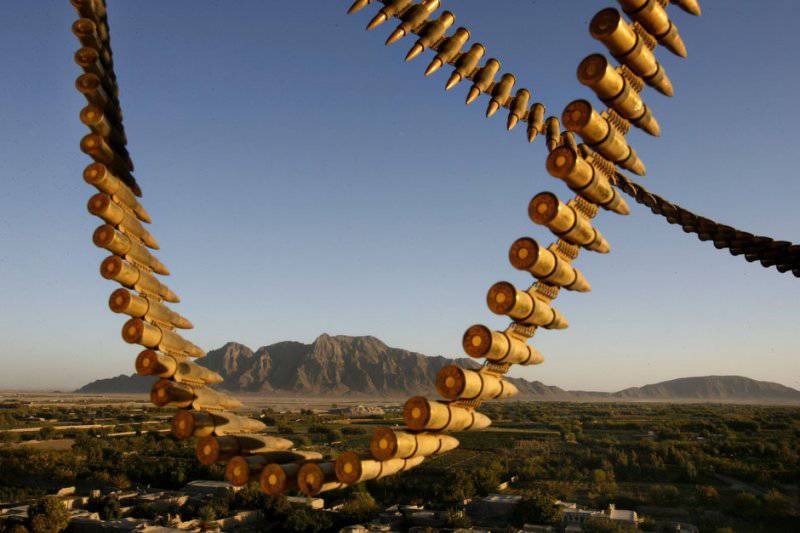
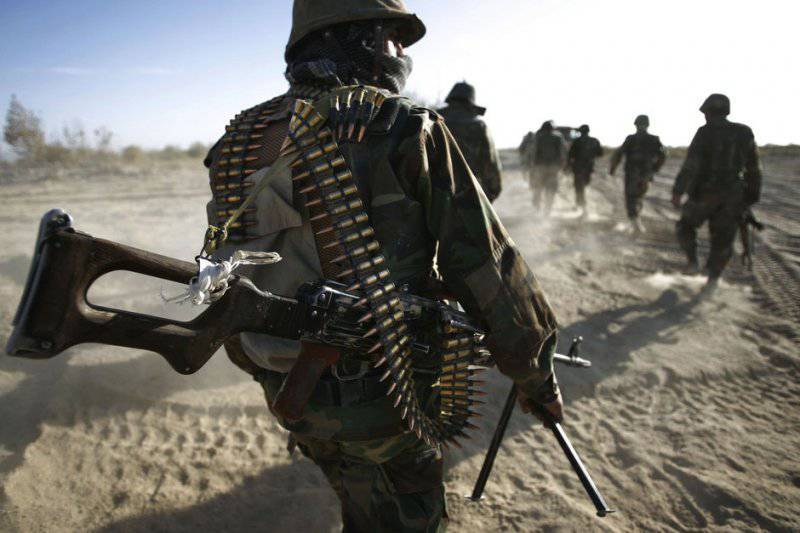
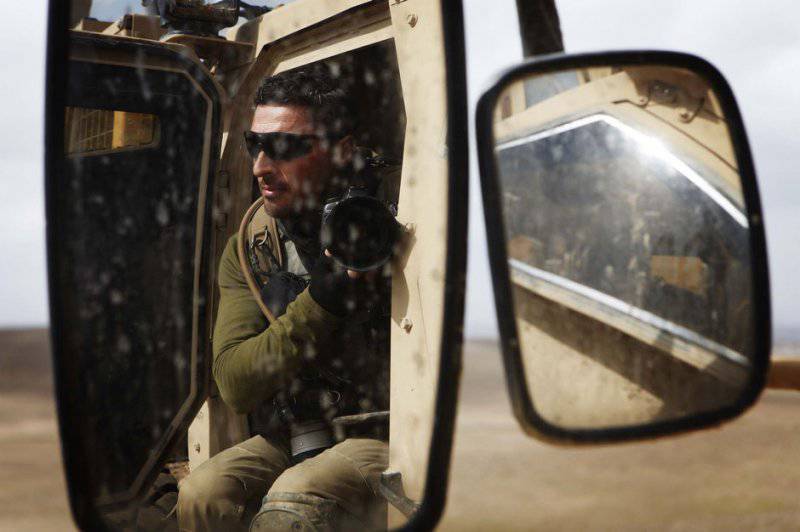
Information